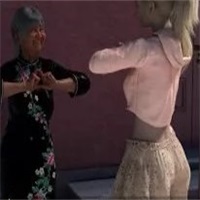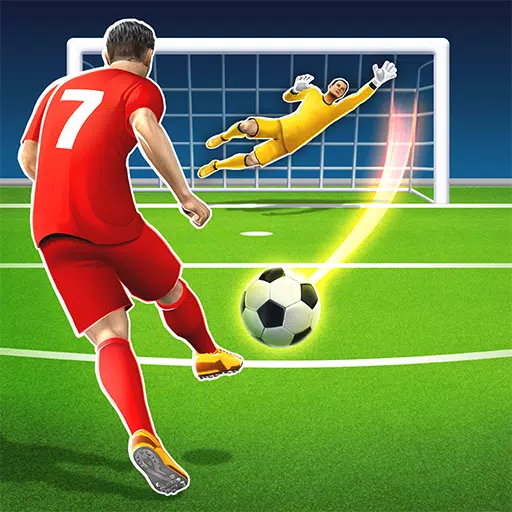Cinderella's Legacy: How the Iconic Tale Revived Disney at 75
As Cinderella's dream threatened to end at midnight, so too did the Walt Disney Company's in 1947, teetering on the brink with a $4 million debt following the financial setbacks of Pinocchio, Fantasia, and Bambi, exacerbated by World War II and other challenges. However, it was this beloved princess and her iconic glass slippers that rescued Disney from prematurely concluding its animation journey.
On the 75th anniversary of Cinderella's wide release, celebrated today, March 4, we connected with several Disney insiders who remain inspired by this timeless tale of transformation. Cinderella's story not only paralleled Walt Disney's own journey but also rekindled hope within the company and a post-war world yearning for inspiration.
The Right Film at the Right Time --------------------------------To understand the context, we must revisit Disney's fairy godmother moment in 1937 with Snow White and the Seven Dwarfs. The film's monumental success, which held the title of the highest-grossing film until Gone with the Wind surpassed it two years later, enabled Disney to establish its Burbank studio, still its headquarters today, and embark on a path of creating more feature-length animated films.
Disney's subsequent film, Pinocchio, released in 1940, boasted a $2.6 million budget, a million dollars more than Snow White, yet it resulted in a $1 million loss despite critical acclaim and two Academy Awards for Best Original Score and Best Original Song. This pattern continued with Fantasia and Bambi, further deepening the company's financial woes. The primary reason was the onset of World War II, triggered by Germany's invasion of Poland in September 1939.
"Disney's European markets dried up during the war, and films like Pinocchio and Bambi couldn't be shown there, leading to poor performance," explained Eric Goldberg, co-director of Pocahontas and lead animator on Aladdin's Genie. "The U.S. government then took over Disney's operations to produce training and propaganda films for the Army and Navy. Throughout the 1940s, Disney resorted to making Package Films like Make Mine Music, Fun and Fancy Free, and Melody Time, which, though well-made, lacked a cohesive narrative."
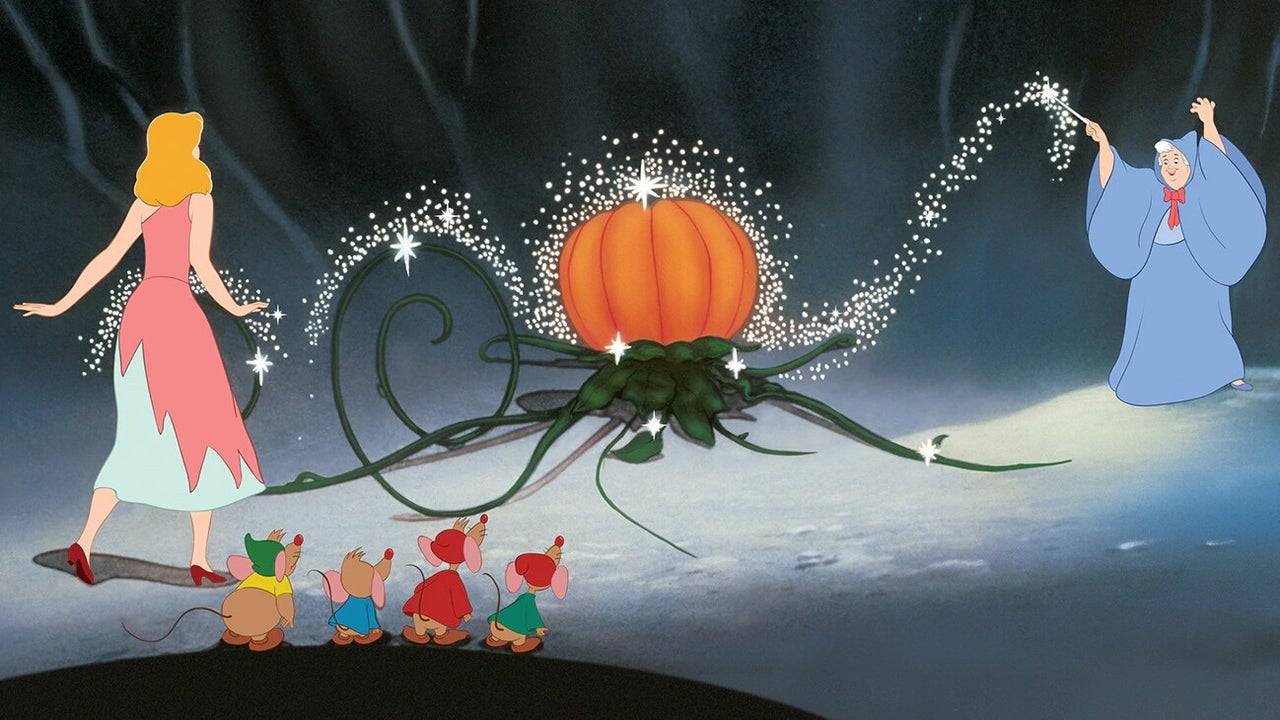
For those new to the term, Package Films were compilations of short cartoons assembled into feature films. Between Bambi's release in 1942 and Cinderella's in 1950, Disney produced six such films, including Saludos Amigos and The Three Caballeros, which were part of the U.S.'s Good Neighbor Policy aimed at countering Nazi influence in South America. Although these films covered their costs and Fun and Fancy Free reduced the studio's debt from $4.2 million to $3 million by 1947, they diverted Disney from producing true feature-length animated stories.
"I wanted to get back into the feature field," Walt Disney expressed in 1956, as recorded in The Animated Man: A Life of Walt Disney by Michael Barrier. "But it required significant investment and time. A quality cartoon feature demands both. My brother Roy and I had quite a heated discussion... It was one of my major frustrations... We needed to decide whether to forge ahead, re-enter the business, or liquidate and sell out."
Facing the possibility of selling his shares and retiring, Walt and Roy instead opted for the riskier route, betting everything on their first major animated feature since Bambi. The outcome could have spelled the end for Disney's animation studio.
"At this time, Alice in Wonderland, Peter Pan, and Cinderella were all in various stages of development, but Cinderella was chosen first due to its similarities to Snow White," said Tori Cranner, Art Collections Manager at Walt Disney Animation Research Library. "Walt understood that post-war America needed hope and joy. While Pinocchio was a beautiful film, it wasn't as joyful as Cinderella. The world needed a story of emerging from the ashes with something beautiful."
Cinderella and Disney’s Rags to Riches Tale
Walt's connection to Cinderella dates back to 1922 when he created a Cinderella short at Laugh-O-Gram Studios, the precursor to Disney. The short was inspired by Charles Perrault's 1697 version of the tale, which may trace its origins to between 7 BC and AD 23, as noted by the Greek geographer Strabo. It's a classic narrative of good versus evil, true love, and the power of dreams, deeply resonating with Walt.
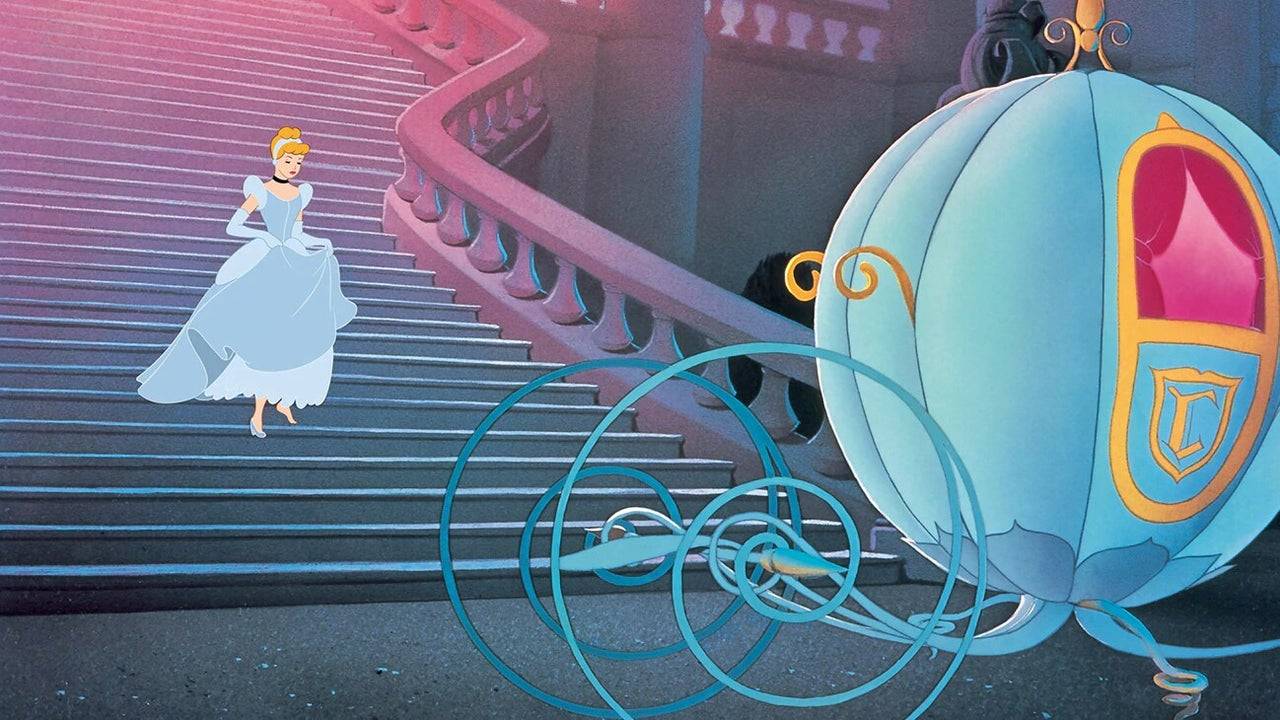
"Snow White was a kind and simple girl who believed in wishing and waiting for her Prince Charming," Walt Disney remarked in footage from Disney’s Cinderella: The Making of a Masterpiece special DVD feature. "Cinderella, however, was more practical. She believed in dreams but also in taking action. When Prince Charming didn't come to her, she went to the palace to find him."
Cinderella's strength and resilience in the face of adversity mirrored Walt's own journey from humble beginnings, marked by failures and challenges, yet driven by an unwavering dream and work ethic. This story remained with Walt, leading to attempts to revive it as a Silly Symphony short in 1933, which evolved into a feature film by 1938. The project took over a decade to complete, influenced by the war and other factors, but this time allowed it to mature into the beloved film we cherish today.
Cinderella's success stemmed from Disney's ability to enhance these classic tales with universal appeal. "Disney transformed these age-old fairytales, infusing them with his unique vision, humor, and heart," Goldberg noted. "The original tales were often grim, serving as cautionary stories, but Disney made them enjoyable for all, ensuring they resonated with contemporary audiences."
This transformation was evident in Cinderella's animal friends, including Jaq, Gus, and the birds, who provided comic relief and allowed Cinderella to express her true self. The Fairy Godmother, reimagined by animator Milt Kahl as a bumbling, grandmotherly figure, added a relatable touch, culminating in the iconic transformation scene where Cinderella's belief in herself and her dreams manifests into a life-changing night.
The animation of Cinderella's dress transformation, often cited as Walt's favorite, was crafted by Disney Legends Marc Davis and George Rowley. "Every sparkle was hand-drawn and painted, which is just mind-blowing," Cranner shared with enthusiasm. "There's a magical moment in the middle of the transformation where the magic pauses for a second before the dress changes, creating a breath-holding experience that truly captures the magic."
Disney's addition of the breaking glass slipper at the film's end further highlighted Cinderella's agency and strength. "Cinderella isn't just a passive character," Goldberg emphasized. "When the slipper breaks, she reveals she has the other one, showcasing her cleverness and control over her destiny."
Cinderella premiered in Boston on February 15, 1950, and enjoyed a wide release on March 4, earning $7 million on a $2.2 million budget, making it the sixth-highest grossing film of 1950 and earning three Academy Award nominations. "When Cinderella was released, critics hailed it as a return to form for Disney," Goldberg recalled. "It revitalized the studio, leading to subsequent successes like Peter Pan, Lady and the Tramp, Sleeping Beauty, 101 Dalmatians, and The Jungle Book."
75 Years Later, Cinderella’s Magic Lives On
Seventy-five years on, Cinderella's influence continues to grow, evident in Disney parks and films. Her castle inspires the iconic structures at Walt Disney World and Tokyo Disneyland, and her legacy is felt in modern Disney classics like Frozen.
"When animating Elsa's dress transformation in Frozen, we wanted to pay homage to Cinderella," said Becky Bresee, lead animator on Frozen 2 and Wish. "The sparkles and effects around Elsa's dress are a direct nod to Cinderella, honoring the impact of that scene and the films that came before."
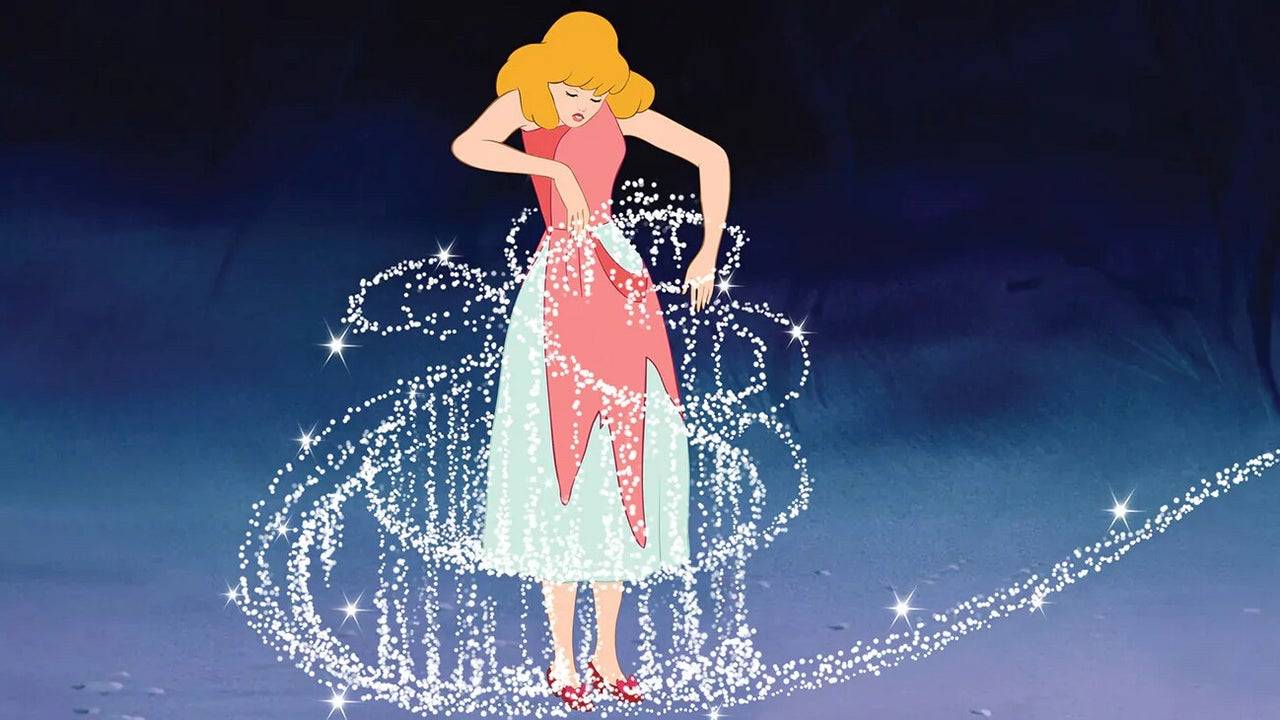
Cinderella's enduring legacy is also due to the contributions of Disney's Nine Old Men and artist Mary Blair, whose work brought the film its distinctive style. As Eric Goldberg aptly summarized, "Cinderella's greatest message is hope. It shows that perseverance and strength can lead to dreams coming true, no matter the era."
- 1 Zenless Zone Zero [ZZZ] Codes (December 2024) – 1.4 Livestream Codes Feb 08,2025
- 2 Capcom Spotlight February 2025 and Monster Hunter Wilds Showcase: Everything Announced Mar 05,2025
- 3 New LEGO Sets for March 2025: Bluey, Harry Potter, and More Mar 06,2025
- 4 Gothic 1 Remake Demo: Frame-by-Frame Comparison with Original May 01,2025
- 5 Blazing Conquest: Conquer Lords Mobile on Mac with BlueStacks Air Feb 21,2025
- 6 PUBG Mobile Redeem Codes for January 2025 Live Now Feb 13,2025
- 7 "Tower of God: New World Introduces Alphine and Kaiser" Jun 28,2025
- 8 Pokémon TCG Pocket Unveils Premium Pass and Trade Tokens Apr 21,2025
-
Best Racing Games to Play Now
A total of 10
-
Top Business Management Apps for Android
A total of 10
-
Best Competitive Multiplayer Games on Android
A total of 10










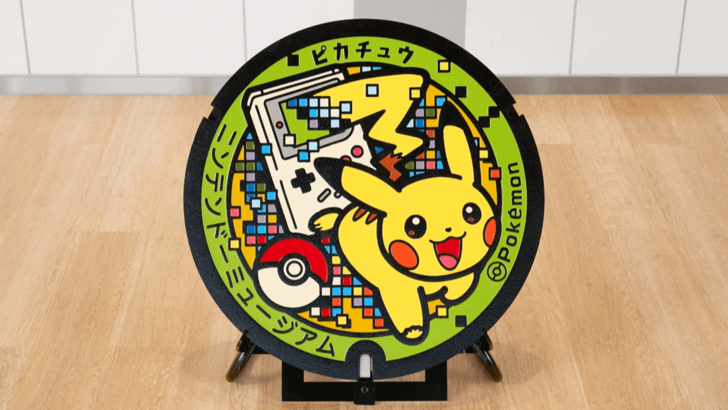
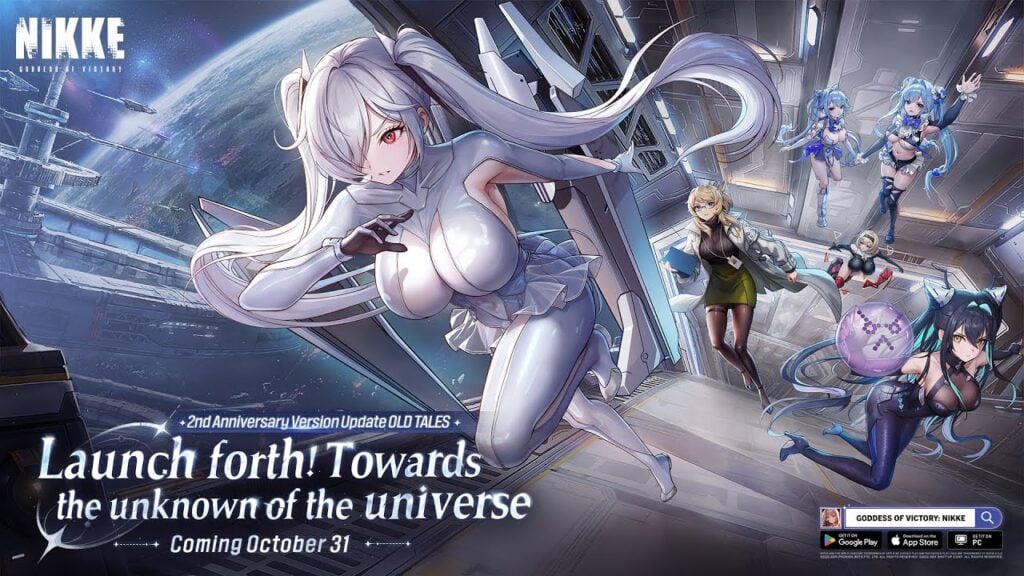
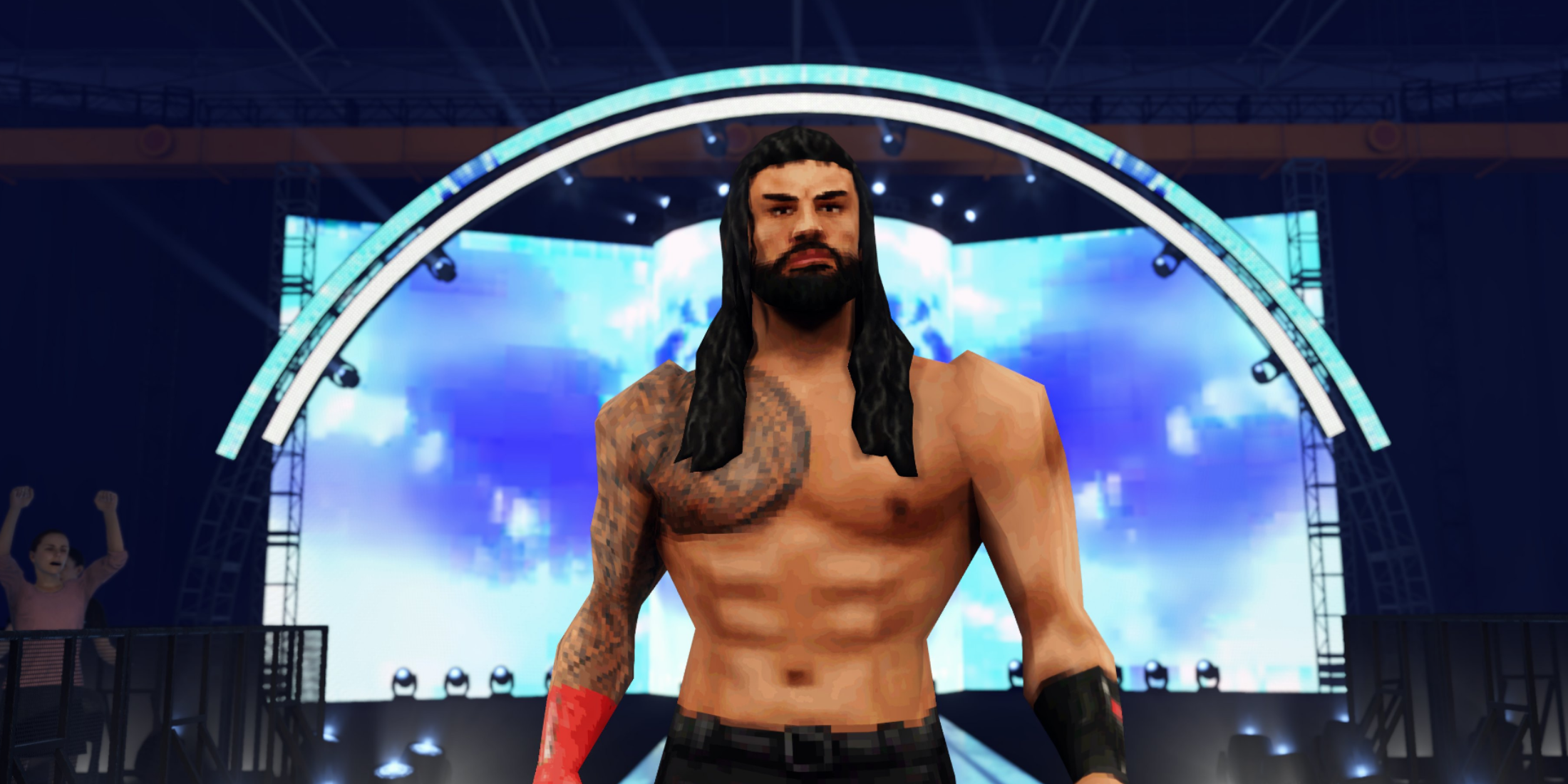




![Business of Loving [v0.12.5i] [Dead End Draws]](https://imgs.96xs.com/uploads/18/1719555107667e5423ef803.jpg)
